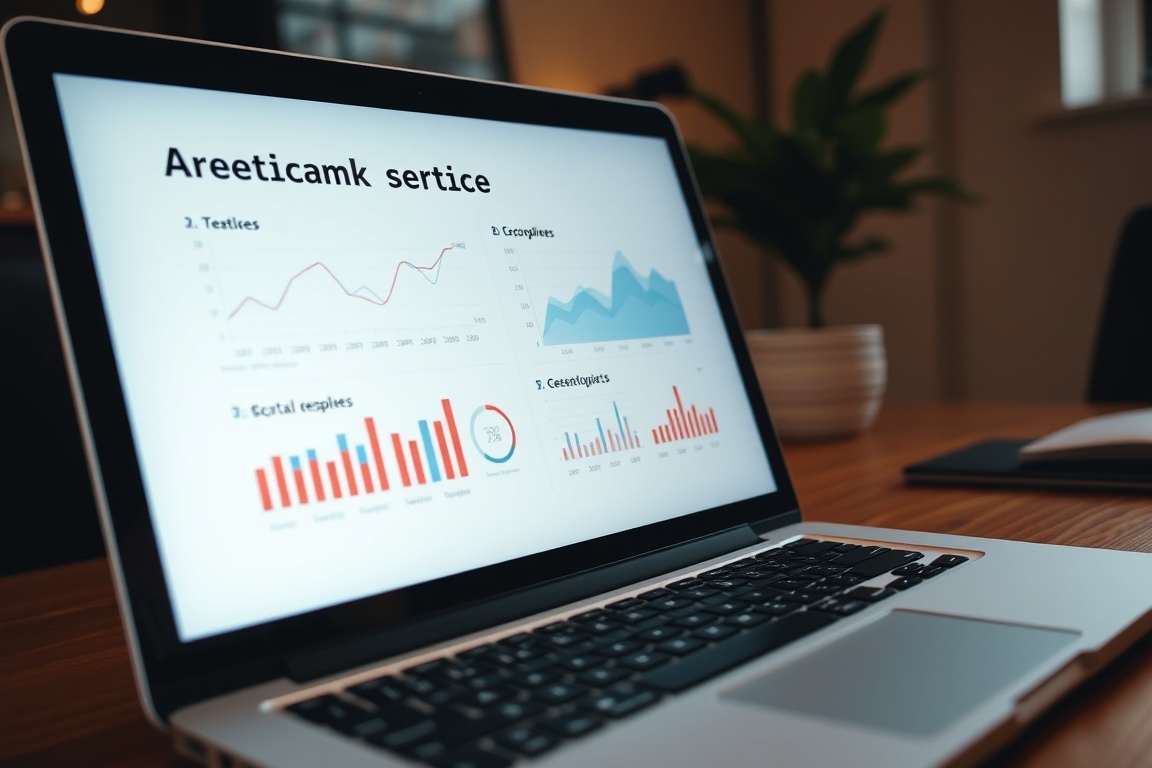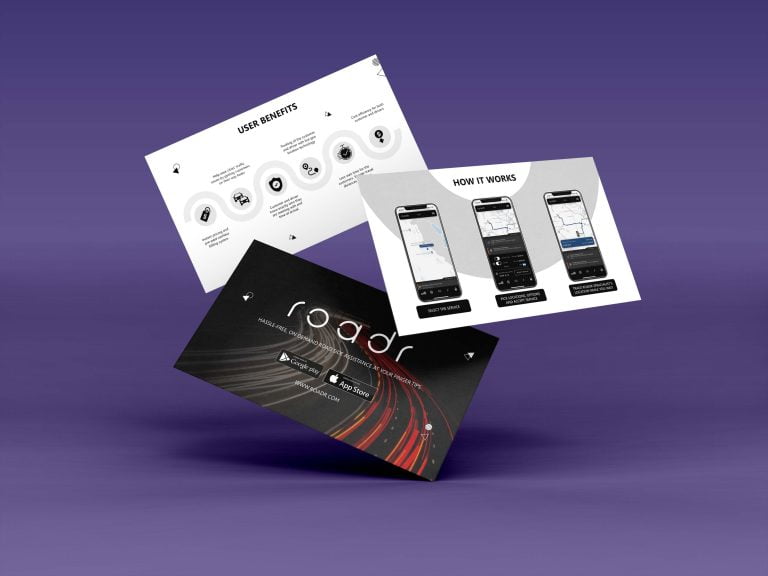
Imagine you have a brilliant idea – a new product, a helpful service, or a game-changing business. You’re passionate about it, and you know it can succeed. But to bring it to life, you often need help, usually in the form of money from investors or support from partners. How do you convince them your idea is worth their time and money? That’s where a pitch deck comes in!
A pitch deck is not just a bunch of slides; it’s your business’s story told in a powerful, short, and persuasive way. It’s your chance to make a strong first impression, grab attention, and get people excited about what you’re building. In this comprehensive guide, I’ll walk you through exactly what a pitch deck is, why it’s so important, what goes into a winning one, and how you can create your own to open doors to amazing opportunities. Let’s dive in!
Key Takeaways
- What it is: A pitch deck is a short, visual presentation (usually 10-20 slides) that tells the story of your business or idea.
- Why it’s crucial: It’s your main tool to convince investors, partners, or even potential employees that your idea is worth their time and money.
- Core Components: A good pitch deck covers key areas like the problem you solve, your solution, market size, business model, team, and financial needs.
- Design Matters: A well-designed, clear, and engaging pitch deck is essential to capture attention and communicate your message effectively.
- It’s a Story: Think of your pitch deck as a story that builds excitement, shows your vision, and leads to a clear call to action.
What Exactly is a Pitch Deck? (The Meaning)

At its heart, a pitch deck is a brief presentation deck that serves as a powerful tool for startup founders to pitch their ideas. Typically created with software for creating a pitch, it provides a quick overview of your value proposition and business plan. Think of it as a concise presentation designed to be presented in about 10-20 minutes, or even just skimmed in a few minutes if sent by email. The use of pitch deck templates can help in structuring your content effectively.
The main goal of a pitch deck is not to give every single detail of your business. Instead, it’s meant to spark interest and get the audience excited enough to want to learn more. It’s like an appetizer – it should be delicious and make them hungry for the main course (which would be a follow-up meeting where you can share more in-depth information, such as your investment pitch or sales pitch). To create winning pitch decks, consider including elements from successful pitch deck examples that highlight key aspects of your startup pitch.
“A pitch deck is your business’s visual handshake – it needs to be firm, confident, and leave a lasting impression.”
Most often, pitch decks are used by startups and entrepreneurs who are trying to raise money from investors like venture capitalists, angel investors, or even banks. But they’re also super useful for:
- Getting new business partners: Showing them why working with you is a great idea.
- Attracting key employees: Convincing top talent to join your team.
- Explaining your business simply: Even for internal meetings or new team members, it helps everyone understand the big picture.
I always tell people that a pitch deck is more than just slides; it’s a storytelling tool. It tells the journey of your business, from the problem you’ve identified to the amazing solution you’ve created, and how you plan to make it successful.
Why is a Pitch Deck So Important?

You might be thinking, “Can’t I just tell them about my business idea?” While talking is great, creating a pitch deck offers several powerful advantages:
- First Impressions are Everything: In the fast-paced world of business and investing, you often get only one chance to make a good first impression. A well-crafted investor deck shows you’re serious, organized, and professional. It immediately tells your audience that you’ve thought things through in your pitch presentation.
- Clarity and Conciseness: It forces you to boil down complex ideas into simple, easy-to-understand points. Investors and partners are busy people; they need to grasp your core message quickly. A compelling pitch deck helps you deliver that message clearly and concisely, making your sales pitch deck effective.
- Visual Impact: Humans are visual creatures! A slide deck with strong visuals, charts, and images is far more engaging and memorable than just talking or reading a long document. It helps people “see” your vision and understand the use of funds.
- Structure for Your Story: A pitch deck provides a clear structure for your presentation, ensuring you cover all the key points without rambling. This helps you stay on track and deliver a polished performance, which is essential for a killer investor pitch deck.
- A Leave-Behind Document: After your presentation, you can leave your pitch deck for investors with potential partners. This serves as a reminder of your business and all the key points you discussed, allowing them to review it later or share it with others, making sure they think of your deck when considering investments.
- Attracts the Right People: A strong marketing pitch deck doesn’t just attract any attention; it attracts the right attention. It helps you connect with investors or partners whose goals align with yours, ensuring that your next pitch deck is successful.
In my experience, a great pitch deck doesn’t just inform; it inspires. It makes people believe in your vision as much as you do. To truly master this, you might find some useful insights on mastering the art of the investor pitch deck.
Essential Components of a Winning Pitch Deck (The “Example” Part)
While there’s no single “perfect” pitch deck, most successful ones include a similar set of slides that tell a complete story. Here’s a breakdown of the typical sections I recommend including:
1. Title Slide
- What it is: Your company’s name, logo, a catchy tagline, and your contact information.
- Why it’s important: It’s the first thing they see! Make it clean and professional.
2. Problem
- What it is: Clearly define the pain point or challenge that your target customers face. Make it relatable and show that you deeply understand the issue.
- Why it’s important: No problem, no need for a solution. This slide sets the stage for everything else.
3. Solution
- What it is: Introduce your product or service as the perfect answer to the problem you just described. Explain how it works in a simple way.
- Why it’s important: This is where you showcase your innovation. Use visuals!
4. Market Opportunity / Market Size
- What it is: Show how big the problem is and how many people or businesses are affected by it. This proves there’s a large enough audience for your solution.
- Why it’s important: Investors want to know their investment can grow significantly. Use numbers to back up your claims.
5. Product / Service Demo (or Features)
- What it is: Give a quick visual tour of your product. This could be screenshots, a short video, or clear diagrams showing its key features and how users interact with it.
- Why it’s important: “Show, don’t just tell.” This helps your audience visualize your offering.
6. Business Model
- What it is: Explain how your company will make money. What are your revenue streams? (e.g., subscriptions, sales, advertising).
- Why it’s important: Investors need to see a clear path to profitability.
7. Traction / Milestones
- What is it? What have you achieved so far? This could be customer numbers, revenue growth, successful pilot programs, partnerships, or positive feedback.
- Why it’s important: Proof that you’re not just talk. It shows progress and reduces risk for investors.
8. Team
- What it is: Introduce the key members of your team. Highlight their relevant experience, skills, and why they are the right people to make this vision a reality.
- Why it’s important: Investors often invest in the team as much as the idea. Show off your talent!
9. Competition
- What it is: Who are your main rivals? How are you different and better? What’s your unique advantage?
- Why it’s important: It shows you’ve done your homework and understand the landscape. Don’t pretend you have no competition!
10. Financials / Ask
What it is: This slide usually has two parts:
- Financial Projections: A simple overview of your future revenue and profit estimates (don’t go into too much detail here, just the high-level numbers).
- The Ask: How much money are you looking to raise, and what will you use it for? (e.g., “We are seeking $500,000 to expand our marketing and hire 3 new engineers.”)
Why it’s important: This is the core reason for many pitch decks – to secure funding. Be clear about what you need and why.
11. Call to Action / Thank You
- What it is: A clear statement of what you want the audience to do next (e.g., “Schedule a follow-up meeting,” “Visit our website,” “Join our beta program”). Include your contact info again.
- Why it’s important: End with a clear next step. Don’t leave them guessing!
This structure provides a solid foundation. Remember, you might adjust the order or combine slides based on your specific business and audience. For more detailed tips on what to include, check out these best tips for creating a persuasive business pitch deck.
Designing Your Pitch Deck for Impact (The “Guide” Part)

Having great content is only half the battle. How you present it makes a huge difference. Here are my top tips for designing a pitch deck that truly stands out:
1. Keep it Simple and Visual
- Less Text, More Visuals: Your slides should not be full paragraphs. Use bullet points, short phrases, and lots of images, icons, and charts. The slides are a visual aid; you are the presenter who explains the details.
- One Idea Per Slide: Try to focus on one main point per slide. This makes it easier for your audience to follow along and digest information.
2. Tell a Compelling Story
- Flow: Ensure your slides flow logically from one to the next, building a narrative. Start with the problem, introduce your hero (the solution), show its impact, and end with a call to action.
- Emotion: Connect with your audience’s emotions. Make them feel the problem and then the excitement of your solution.
3. Focus on Visual Appeal
Branding: Use your company’s colors, fonts, and logo consistently. This makes your deck look professional and memorable.
High-Quality Images: Avoid blurry or pixelated images. Invest in good stock photos or professional graphics.
Clean Layout: Give your content room to breathe. Don’t cram too much onto one slide. Use white space effectively.
Engaging Elements: Consider using elements like bolded text for emphasis, simple lists, and even pull quotes to highlight key statements. You can also explore how to make your presentation more interactive or the power of using animations in presentations to add a dynamic touch. Even subtle things like a clever Morph transition in PowerPoint can make a difference.
“Your pitch deck isn’t just about what you say, but how you make your audience feel.”
4. Practice, Practice, Practice!
- Know Your Deck: Don’t just read off the slides. Know your content inside and out so you can speak naturally and confidently.
- Time Yourself: Make sure you can deliver your pitch within the allotted time. Practice makes perfect!
- Get Feedback: Present your deck to friends, mentors, or colleagues and ask for their honest feedback. This helps you refine your message and delivery. Improving your presentation skills is key to a successful pitch.
5. Tailor Your Deck to Your Audience
Research: Before you pitch, research your audience. Are they technical investors? Marketing experts? Adjust your language and focus to what matters most to them.
Different Versions: You might need slightly different versions of your deck for different purposes. A deck for an in-person presentation might have less text, while one you email might need a bit more detail to stand alone.
Remember, the goal is to make your pitch deck truly stand out from the crowd.
Common Mistakes to Avoid

Even with all this advice, it’s easy to fall into common traps. Here are some mistakes I often see and how to avoid them:
- Too Much Text: This is the #1 killer! Don’t put your entire script on the slides. Your audience will either read the slides and ignore you, or try to do both and get confused.
- Poor Design: Cluttered slides, inconsistent fonts, bad color choices, and blurry images make your business look unprofessional. Remember, a creative pitch deck vs. low-quality presentations can make all the difference.
- Ignoring the Problem: Some people jump straight to their solution without fully explaining the problem they’re solving. If there’s no clear problem, why do we need your solution?
- Unclear Ask: Don’t leave your audience guessing about what you want. Be very clear about the amount of money you need and how you plan to use it.
- Not Knowing Your Numbers: You must know your market size, financial projections, and key metrics cold. If an investor asks a question about your numbers, you need to have a confident answer.
- No Story Arc: A series of disconnected facts isn’t a pitch. Make sure your slides tell a cohesive story with a beginning, middle, and a compelling end.
Tools and Resources for Creating Your Pitch Deck
You don’t need fancy software to create a great pitch deck. Here are some popular options:
- PowerPoint: The classic choice, offering extensive features. Many find mastering PowerPoint presentations incredibly useful for this.
- Google Slides: Free, cloud-based, and great for collaboration.
- Keynote: Apple’s presentation software, known for its sleek design capabilities.
- Canva: An online design tool that offers many templates, making design accessible even for beginners.
- Professional Design Services: If design isn’t your strong suit or you want to ensure a top-tier look, consider hiring a professional presentation design agency like PPTGuru. We specialize in creating stunning and effective pitch decks that get results. You can explore more articles and resources on our blog for further insights.
Conclusion
A pitch deck is more than just a presentation; it’s a critical tool in your entrepreneurial journey. It’s your opportunity to distill your passion, vision, and business plan into a compelling narrative that captivates your audience and opens doors to funding and partnerships.
By understanding what a pitch deck is, including its essential components, and focusing on clear, visual storytelling, you can create a powerful document that truly represents your business. Remember to keep it simple, practice your delivery, and always tailor your message to your audience. The effort you put into crafting a winning pitch deck will pay off, bringing you closer to achieving your business dreams. Now go forth and create that amazing pitch!





